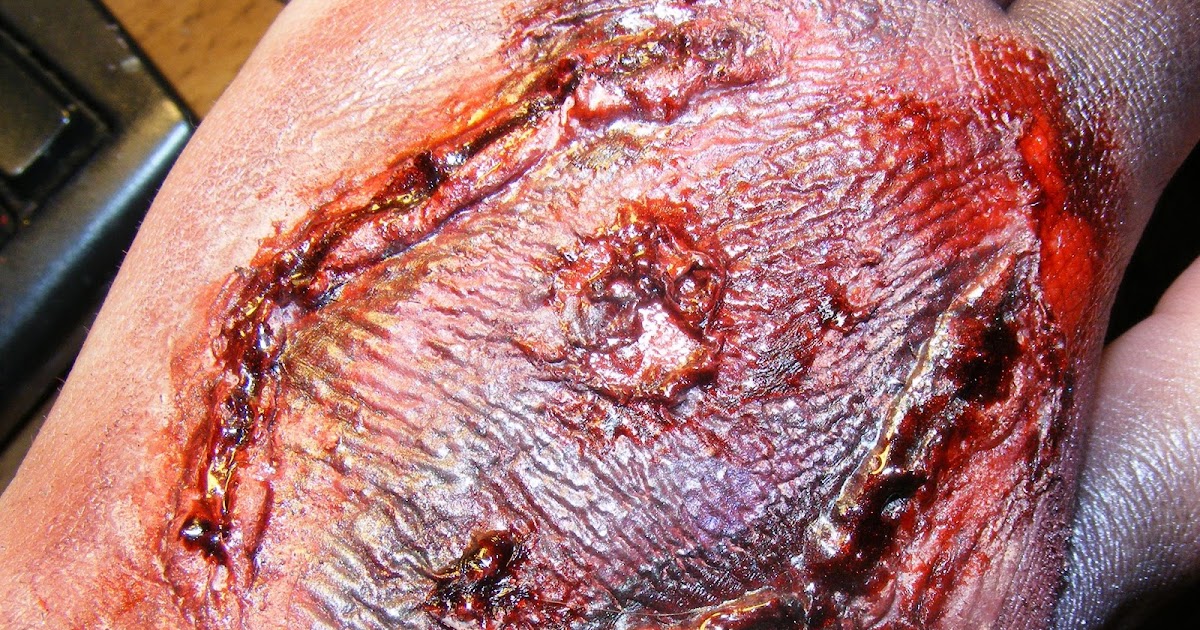
In severe cases, Powassan virus infection can cause meningitis (inflammation of the membranes that surround the brain and spinal cord) and encephalitis (inflammation of the brain), which can lead to a range of symptoms including confusion, loss of coordination, seizures (in children), weakness, difficulty understanding speech and/or speaking, tremors, inability to move on one side of the body, and coma. Fever, weakness, sleepiness, headache, and vomiting are often the first symptoms and may last between 1 to 3 days. Powassan virus symptoms may begin within a week to five weeks of a tick bite.Rocky Mountain spotted fever can be extremely dangerous due to the risk of damage to the blood vessels. Symptoms include rash, fever, headache, abdominal pain, vomiting, and muscle pain. Rocky Mountain spotted fever (RMSF) symptoms may appear within a few days of a bite.Babesiosis can be life-threatening to people with no spleen, the elderly, and people with weak immune systems. As the infection progresses, patients may develop fatigue, headache, drenching sweats, muscle aches, chest pain, hip pain, and shortness of breath. Babesiosis symptoms are similar to those of Lyme disease but babesiosis more often starts with a high fever and chills.Anaplasmosis and ehrlichiosis, symptoms may include fever, headache, muscle pain, malaise, chills, nausea, abdominal pain, cough, confusion, and occasionally, a rash.Symptoms typically begin appearing within 1 to 2 weeks of an infected tick bite. People infected with Powassan virus cannot spread it to others, though it may be transmitted through blood transfusions involving blood donated by an infected individual. It’s spread by groundhog ticks, squirrel ticks, and blacklegged or deer ticks, which primarily inhabit the northeast and upper Midwest of the United States.

Powassan virus is a rare, potentially serious infection transmitted to humans via the bite of an infected tick. Rocky Mountain spotted fever, or RMSF, is a potentially fatal tick-borne bacterial disease that can be transmitted by the American dog tick, Rocky Mountain wood tick, and brown dog tick. In addition to transmission via tick, babesiosis can be transmitted from mother to unborn child or through a contaminated blood transfusion. Lyme disease is caused by the bacterium Borrelia burgdorferi and is transmitted to humans through the bite of infected blacklegged ticks.Īnaplasmosis and ehrlichiosis are two closely related diseases (caused by the bacterium Anaplasma phagocytophilum and Ehrlichia, respectively) that are also transmitted to humans by the bite of an infected tick (a blacklegged or deer tick, in the case of anaplasmosis, or a lone star tick, in the case of ehrlichiosis).īabesiosis is a parasite that infects red blood cells, causing malaria-like symptoms. There are several tick-borne diseases that range in severity and symptoms. "If you get a fever in the middle of the summer, which is not cold and flu season, it's a really good idea to see your doctor and consider the possibility that you have a tick-borne illness,” says Dr.


 0 kommentar(er)
0 kommentar(er)
